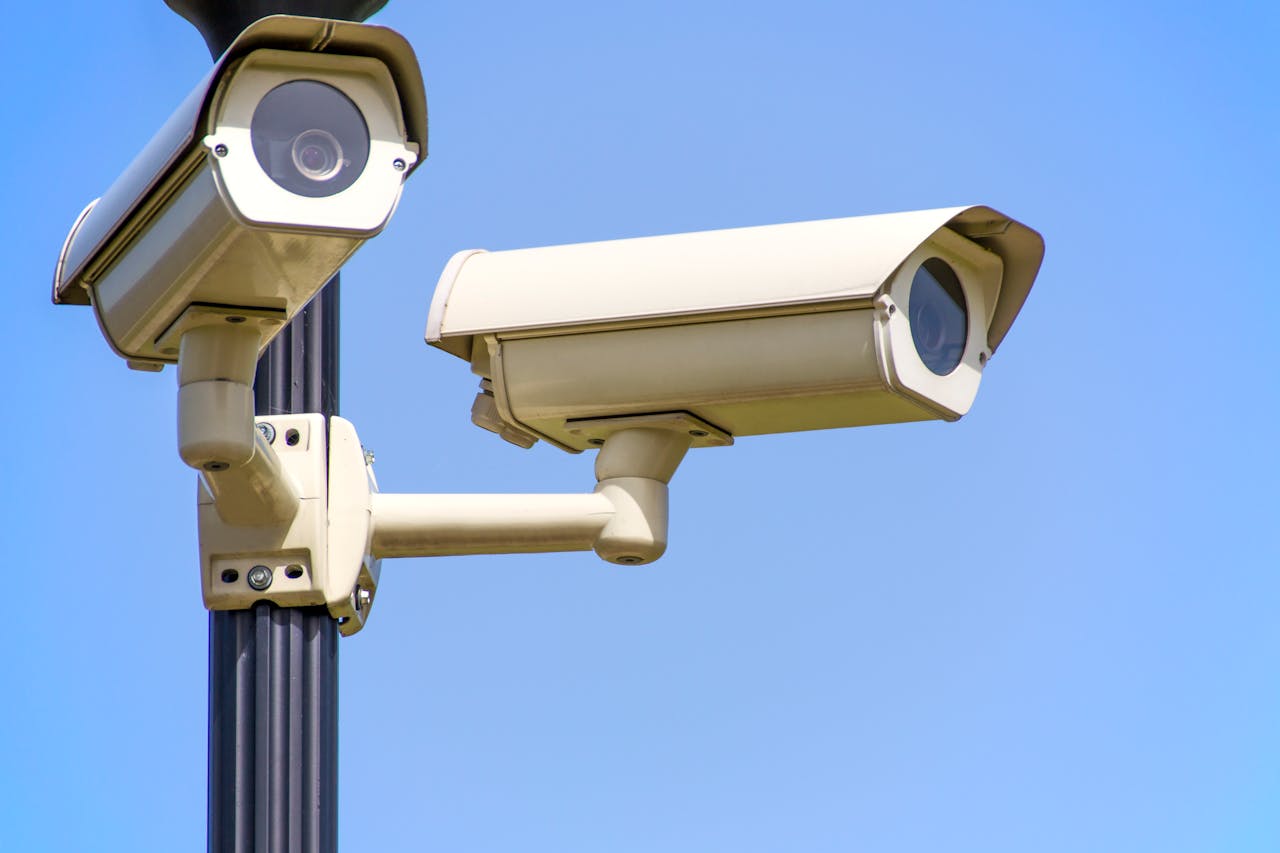How City Surveillance Cameras Enhance Real Estate Security and Property Value
In today's urban landscape, security plays a critical role in determining property value and buyer demand. The integration of advanced city surveillance cameras has proven to be a game-changer in enhancing public safety, reducing crime rates, and increasing real estate appeal. Studies show that areas with high-tech surveillance systems experience a significant drop in crime, leading to increased property values and heightened investor interest. But how exactly do city surveillance cameras impact real estate security and market desirability? Let's explore.

The Connection Between Security and Real Estate Value
Real estate buyers and investors prioritize safety when choosing properties. Neighborhoods with a reputation for safety attract more residents, businesses, and investments. Surveillance cameras play a pivotal role in:
- Deterring Crime: The presence of visible surveillance cameras discourages criminal activities such as theft, vandalism, and trespassing. Criminals are less likely to target well-monitored areas, making these locations safer for residents and businesses alike.
- Enhancing Law Enforcement Efficiency: High-resolution and AI-powered surveillance systems assist law enforcement in identifying offenders and solving crimes faster with advanced license plate and facial recognition technology. These technologies enable quicker investigations and successful prosecutions, further deterring criminal activity.
- Providing a Sense of Safety: Residents feel more secure knowing that public areas are monitored, leading to a better quality of life and stronger community engagement. A heightened sense of safety fosters social interaction and outdoor activities, making neighborhoods more vibrant and appealing.
These factors collectively contribute to increasing demand for properties in well-monitored areas, thereby driving up real estate prices.
How City Surveillance Cameras Benefit Real Estate Markets
1. Seamless Monitoring and Crime Reduction
City surveillance cameras now allow for seamless monitoring and management of security cameras from a single dashboard. This advanced technology helps:
- Reduce instances of crime, making neighborhoods safer. Surveillance cameras act as a deterrent to potential offenders, as they know their actions are being recorded.
- Provide real-time data to law enforcement, enabling quicker response times. The integration of AI analytics helps authorities detect suspicious behavior and intervene before crimes escalate.
- Create a secure environment that attracts families, professionals, and businesses. People prefer to live and work in areas where they feel safe, which leads to higher property occupancy rates and stable investments.
2. Increased Property Value and Demand
A well-monitored neighborhood is a valuable asset in the real estate market. Properties in safer areas tend to appreciate at a faster rate, benefiting both homeowners and investors. Smart surveillance systems contribute to:
- Higher appraisal values due to the improved safety infrastructure. Homebuyers are willing to pay a premium for security-enhanced neighborhoods.
- Increased rental yields as tenants are willing to pay a premium for security. Secure housing communities are in high demand, attracting tenants who prioritize safety.
- Lower insurance costs, as properties in secure areas are deemed lower risk by insurers. Insurance companies may offer discounts to property owners in neighborhoods with robust surveillance systems.
3. Boosting Commercial Real Estate Development
Businesses thrive in areas where customers and employees feel safe. The presence of city surveillance cameras:
- Encourages retail stores, restaurants, and entertainment centers to establish themselves in urban areas. A secure environment increases foot traffic and consumer confidence.
- Boosts foot traffic and economic activity. Safe commercial districts attract more visitors, leading to increased sales and business growth.
- Enhances night-time commerce by making streets and business districts safer after dark. A well-lit and well-monitored area encourages people to explore the city after hours, driving economic prosperity.
4. Smart Cities and Future-Proofing Real Estate Investments
With the rise of smart city initiatives, integrating surveillance cameras with AI-driven security measures is becoming the norm. Smart surveillance offers:
- Facial recognition for enhanced security and identification of offenders. This technology enables authorities to track known criminals and prevent repeat offenses.
- License plate recognition for better traffic and parking management. Smart traffic monitoring helps reduce congestion and improves urban mobility.
- Real-time monitoring and centralized management to proactively address security concerns. This centralized approach ensures that security personnel can respond to threats in real time, preventing escalation.
These advancements make urban properties more attractive to tech-savvy buyers and businesses looking for modern infrastructure. As cities continue to evolve, investing in smart surveillance systems ensures that real estate developments remain competitive and desirable.
Addressing Privacy Concerns
While city surveillance cameras bring numerous benefits, there are concerns about privacy and data security. Striking a balance between public safety and privacy rights is essential. Cities must:
- Implement clear policies on data usage and retention. Transparency in data collection helps build public trust.
- Ensure transparency in surveillance operations. Authorities should clearly communicate how surveillance data is used and stored.
- Adopt AI-driven monitoring that focuses on security rather than personal intrusion. Ethical AI practices can help minimize privacy risks while maintaining safety.
Public awareness and regulations are key to maintaining trust in surveillance technology. Governments and stakeholders must work together to ensure that surveillance enhances security without infringing on individual freedoms.
Conclusion
City surveillance cameras have become a crucial factor in enhancing urban safety, reducing crime, and increasing real estate value. As security continues to be a priority for buyers and investors, integrating advanced surveillance systems will be a key component of urban planning and real estate development. Investing in properties within well-monitored areas ensures not only safety but also long-term appreciation and desirability in the real estate market.
For city planners, real estate developers, and investors, leveraging smart surveillance technology is not just about security—it's about future-proofing urban investments and creating safer, more valuable communities. As technology continues to advance, adopting AI-powered surveillance will be a defining factor in shaping the cities of tomorrow.